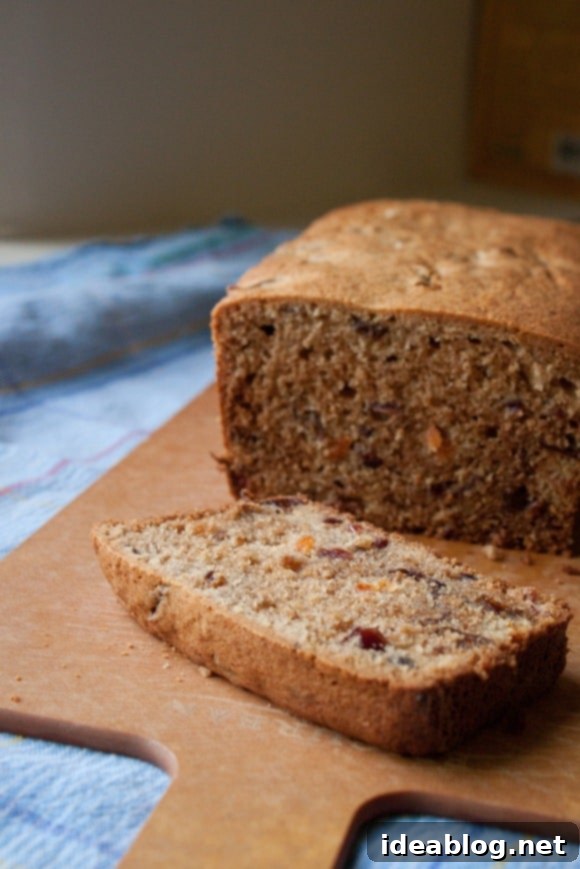Grandmother’s Classic Cup of Tea Cake: A Nostalgic, Easy-to-Bake Dried Fruit & Spice Recipe
There’s something uniquely comforting about a homemade cake, especially one that carries the whispers of family history and cherished traditions. This particular Cup of Tea Cake, lovingly adapted from my grandmother’s treasured recipe, is a testament to simple elegance and profound flavor. It’s not just a dessert; it’s a journey back to cozy kitchens and warm embraces. Each slice offers a deliciously light, moist, and delightfully crumby texture, making it an instant favorite.
The cake’s enchanting flavor profile is carefully crafted. It’s infused with the gentle, aromatic essence of freshly brewed black tea, which lends a subtle depth and keeps the cake incredibly moist. This delicate tea base is then beautifully complemented by a generous medley of dried fruits, adding natural sweetness and chewy bites. Finally, a harmonious blend of baking spices – cinnamon, allspice, and cloves – weaves through the cake, imparting a warm, inviting aroma that fills the kitchen and promises pure delight. This traditional British-inspired tea cake is truly a culinary hug in every bite, perfect for any occasion but especially alongside a steaming mug of your favorite brew.
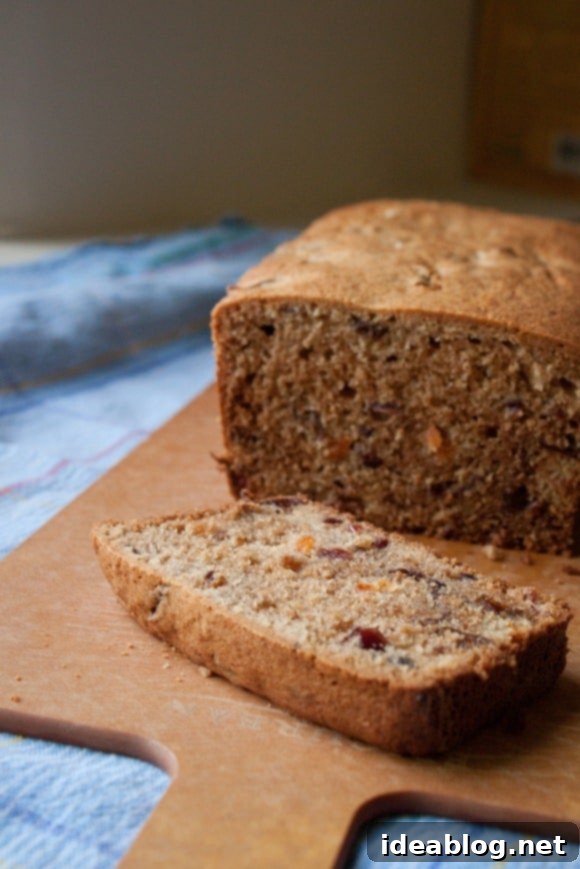
Do you remember my trip to Scotland and England this past fall? It feels like a distant memory now, wrapped in a haze of golden autumn light and cherished moments. After visiting my parents in the vibrant city of Glasgow, I embarked on a picturesque journey south, heading all the way down to the ruggedly beautiful coast of Cornwall, England. My destination was the tiny, enchanting fishing village of St. Mawes, nestled on the Roseland Peninsula, where my beloved grandmother resides. The winding roads, the dramatic seascapes, and the quaint Cornish architecture all added to the magic of the visit, setting the stage for a truly special time spent reconnecting with family and tradition.
During my precious time in St. Mawes, I seized a golden opportunity that any food enthusiast would envy: I thoroughly raided her extensive collection of cookbooks and, more importantly, her invaluable stockpile of personal, handwritten recipes. Many of these culinary gems dated back to her bustling days of successfully running a charming bed and breakfast. Each page and every faded note told a story, hinting at generations of baking wisdom and heartwarming hospitality. It was a true treasure hunt, uncovering a legacy of deliciousness passed down through the years, and I was determined to bring some of that magic back home with me.
Tea time at my grandmother’s house is far more than just a simple beverage break; it’s a grand, cherished institution. It is always, without fail, accompanied by an impressive array of delectable goodies, meticulously prepared and lovingly presented. Whether it’s in the form of elegant, simple layer cakes, light and fluffy scones served with proper jam and rich clotted cream, irresistible cookies that disappear almost as quickly as they’re offered, or the wonderfully unique and traditional saffron cake, there’s always an abundance of choice. My grandmother possesses an almost magical ability to convince everyone, regardless of whether my family and I are even slightly hungry, to try a little bit of everything. Her tea table is a testament to her generous spirit and her unwavering belief that good food, shared with loved ones, is one of life’s greatest pleasures. It’s a quintessential British experience, filled with warmth, conversation, and an overflowing sense of comfort.
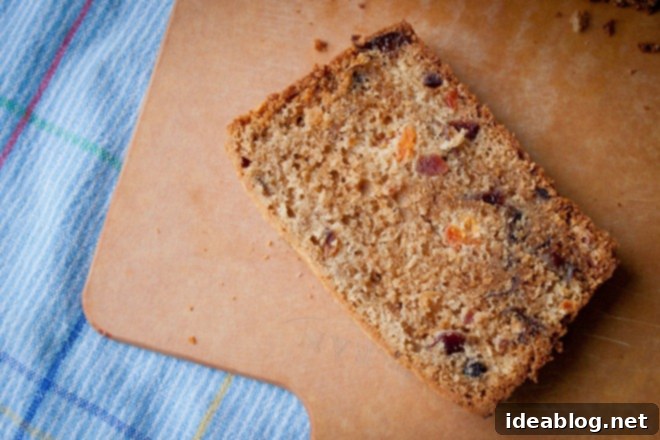
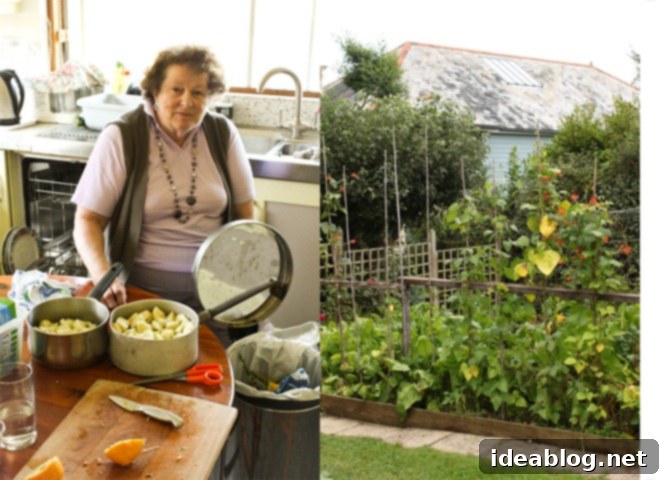
While I was immersed in the cozy warmth of her Cornish home, I dedicated a good portion of my time to meticulously copying down many of my grandmother’s beloved recipes. My intention was clear: I hoped to recreate several of these culinary masterpieces in my own kitchen and, of course, share the delicious results with all of you. However, as life often does, it got in the way. Work, travel, and the general busyness of daily routines led me to completely lose track of this wonderful plan. And now, nearly eight months later than I originally intended, I am finally getting around to fulfilling that promise. The anticipation for this particular recipe has only grown with time, and I’m thrilled to finally bring this piece of family tradition to your table.
Unfortunately, this particular recipe of hers, quite aptly named “Cup of Tea Cake,” came with instructions that were incredibly vague, if not entirely non-existent. This is often the charming challenge when working with recipes passed down through generations; experienced home cooks tend to rely on instinct and muscle memory rather than detailed measurements or precise steps. However, armed with a little bit of common sense, a good dose of patience, and a few rounds of experimentation in my kitchen, I managed to recreate it exactly how I remember it tasting. The outcome was a triumphant success, perfectly capturing the delicate flavor and texture from my childhood memories. And, as is often the delightful case with many of my grandmother’s most comforting dishes, this cake unapologetically involves a generous amount of butter – a key ingredient that truly makes all the difference.
My grandmother, with her characteristic wit and charm, has a wonderfully unique way of justifying her rather abundant butter consumption. She firmly believes and often declares that it single-handedly provides her with her daily calcium requirement. While I’m not entirely sure that modern nutritional science would back up this delightful logic, in the spirit of tradition and the sheer deliciousness this cake offers, I’m more than happy to turn a blind eye and simply go with it. After all, some culinary rules are made to be bent, especially when the results are this good. I wholeheartedly encourage you to do the same! Embrace the butter, embrace the flavor, and embrace the joy of baking a cake that’s truly rich in both taste and heritage.
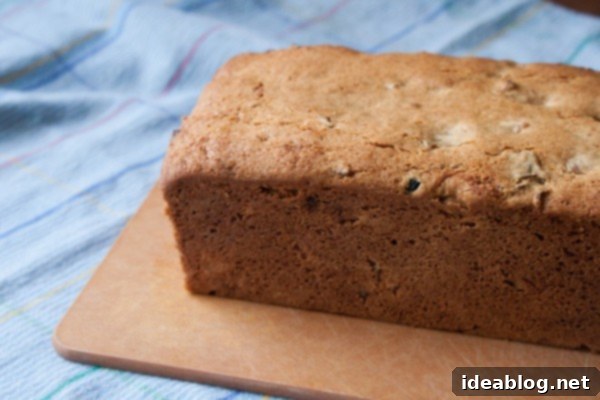
For this specific recipe, I opted for a classic and delightful combination of dried fruits: plump golden raisins, their darker counterparts (regular raisins), and succulent dried apricots, along with a few tender prunes for extra depth. This mix provides a wonderful balance of sweetness, chewiness, and a slight tang that beautifully complements the tea and spices. However, one of the greatest joys of home baking is its flexibility and the freedom to personalize. So, please feel entirely free to substitute these with your absolute favorite dried fruit varieties! Consider chopped dried figs for a richer, more honeyed note, cranberries for a burst of tartness, or even candied citrus peel for a brighter, zesty aroma. The key is to use approximately the same total volume, and you might even consider soaking any particularly dry fruits in a little extra warm tea beforehand to plump them up and ensure a moist texture throughout the cake. Experimentation is encouraged, making this recipe truly your own.
One of my absolute favorite categories of baking to delve into is quick breads. Their appeal lies in their inherent simplicity and forgiving nature. They are remarkably easy to put together, often requiring just a bowl and a whisk or a mixer, and generally demand very few hard-to-find ingredients, making them accessible to almost any home baker. Furthermore, quick breads don’t require a lot of fuss or lengthy proofing times associated with yeast-leavened doughs, allowing for a relatively speedy journey from pantry to plate. This Cup of Tea Cake represents just that effortless charm, yet it yields something truly special: a deliciously light, wonderfully moist, and perfectly crumby cake that feels both rustic and refined. It’s a comforting bake that delivers big on flavor without demanding hours in the kitchen.
The balance of flavors in this cake is truly exceptional. It possesses just the right amount of sweetness, primarily derived from the natural sugars of the dried fruit, rather than being overly sugary. This subtle sweetness allows the nuanced flavors of the brewed tea and the warming spices to shine through, creating a sophisticated and comforting profile. And, as its name suggests and tradition dictates, this cake goes absolutely perfectly with a freshly brewed cup of tea. Whether it’s your morning cuppa, an afternoon pick-me-up, or a comforting evening treat, this Cup of Tea Cake elevates the simple act of enjoying tea into a truly delightful experience.
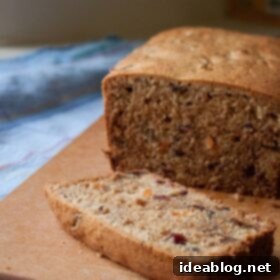
Cup of Tea Cake
Pin
Review
SaveSaved!
Ingredients
- 1 cup (240 mL) brewed black tea
- 1 cup (8 oz) dried fruit mixture (apricots, raisins, and prunes)
- 6 oz (170g) unsalted butter softened
- ½ cup (100g) granulated sugar
- 1 teaspoon pure vanilla extract
- 1 large egg room temperature
- 1 cup (120g) unbleached all-purpose flour
- 1 teaspoon baking soda
- ½ teaspoon kosher salt
- ½ teaspoon ground cinnamon cinnamon, allspice, cloves
- ¼ teaspoon ground allspice
- ¼ teaspoon ground cloves
Instructions
-
Place the brewed tea in a small saucepan. Cut dried fruit into small pieces and add to tea. Bring to a low simmer and turn off heat. Allow to cool to room temperature before proceeding.
-
Preheat oven to 350°F (175°C) with a rack in the center position. Grease a 9 x 5 -inch loaf pan with butter and lightly coat with flour. Set aside.
-
In separate bowl, cream together butter and sugar until fluffy using hand-held or stand mixer fitted with a paddle attachment. Add vanilla and eggs and beat until smooth. Add room temperature fruit and tea mixture and mix until just incorporated.
-
In separate bowl, whisk together flour, baking soda, salt, and spices. Slowly add to wet ingredients until just absorbed. Transfer batter to the prepared loaf pan and set on a half sheet pan.
-
Bake for about 60 to 75 minutes minutes or until inserted toothpick comes out clean. Allow to cool on a rack for 15 to 20 minutes, then remove from pan and let cool on a rack. Serve at room temperature or slightly warm.
Tips for Baking a Perfect Tea Cake and Creative Variations
To ensure your Cup of Tea Cake turns out perfectly every time, a few simple baking tips can make all the difference. Firstly, always make sure your butter and egg are at room temperature. This allows them to cream together more smoothly with the sugar, incorporating air and creating a lighter, more tender crumb. When mixing the wet and dry ingredients, mix just until they are combined. Overmixing can develop the gluten in the flour too much, leading to a tough cake. A gentle hand will yield that desired light and crumby texture.
Checking for doneness is crucial. Since oven temperatures can vary, begin checking your cake at the 60-minute mark. Insert a wooden skewer or toothpick into the center; if it comes out clean or with just a few moist crumbs attached, your cake is ready. If it’s still wet, continue baking and check every 5-7 minutes. Once baked, allow the cake to cool in the pan for the recommended 15-20 minutes. This prevents it from breaking when you attempt to remove it and allows the cake to set properly before transferring it to a wire rack to cool completely. Serving it slightly warm or at room temperature will showcase its best flavors.
Storage and Enjoyment
This delightful Cup of Tea Cake stores beautifully. Kept in an airtight container at room temperature, it will remain fresh and delicious for 3-4 days. For longer storage, you can wrap individual slices or the entire cooled loaf tightly in plastic wrap, then aluminum foil, and freeze it for up to 3 months. Thaw at room temperature and enjoy! It’s perfect for having on hand for unexpected guests or a quick, comforting treat.
Creative Variations to Try
While the classic recipe is wonderful, feel free to experiment with these delicious variations:
- Citrus Zest: Add 1-2 teaspoons of orange or lemon zest to the batter along with the vanilla for a brighter flavor. The citrus pairs beautifully with the tea and spices.
- Nutty Crunch: Fold in ½ cup of chopped walnuts or pecans with the dried fruit for an added layer of texture and nutty flavor.
- Simple Glaze: For an extra touch of sweetness and moisture, whisk together 1 cup of powdered sugar with 2-3 tablespoons of milk or lemon juice until smooth, then drizzle over the cooled cake.
- Spice Blend Adjustments: If you love a particular spice, feel free to increase it slightly or add a pinch of ginger or nutmeg to the existing blend.
- Boozy Fruit: For an adult twist, soak your dried fruit in a tablespoon or two of brandy, rum, or Grand Marnier instead of plain tea for an hour or overnight before adding it to the batter.
This Cup of Tea Cake is more than just a recipe; it’s an invitation to slow down, savor a moment, and share a piece of heartwarming tradition. Whether you make it exactly as my grandmother did or put your own spin on it, we hope it brings as much joy and comfort to your home as it has to ours. Happy baking, and enjoy your delicious journey!
